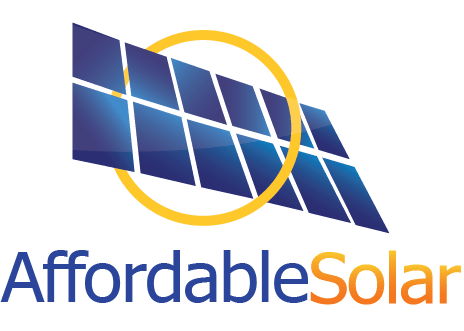Solar FAQs
Why choose Solar Power?
The Precision Solar team consists of internationally experienced solar power and roofing specialists.
- Energy costs have increased dramatically in the last decade and evidence suggests that energy costs will continue to spiral. Installing a solar system can save you money.
- Feed-in-tariff programs supported by government programs such as CUC’s CORE program provide competitive payback terms and the security of remaining connected to the country’s main energy supply. Twenty year contracts are available to purchase the power produced from your rooftop.
- The cost for renewable energy systems continues to decrease, and manufacturing systems for solar systems continues to produce better quality products. Import duties for these items continues to decrease and/or be eliminated. Higher energy costs + lower solar system costs = greater savings.
- Adding solar power to your commercial or residential property is becoming the environmentally right thing to do. It sends a positive message to clients, colleagues, friends and family members.
- A solar powered pool pump will reduce your yearly electric bill by as much as 20 %.
Glossary of Terms:
Grid Tie Systems:
- Also referred to as feed-in-tariff programs, this process involves installing solar panels on your property and selling that power back to the grid. The power generated by the solar panels connects directly into the electric utility feed. In Cayman Islands, this process is called the CORE program.
Inverters:
- Grid-Tie Inverters (interties) convert DC power from PV modules into AC power to be fed into the utility grid. There are two major types of grid-tie inverters: string and micro inverters.
- The name “string” comes from the way the PV modules are wired together in series to achieve a higher voltage. String inverters are designed to run at voltages up to 600 VDC. String wiring is faster to install and allows the use of smaller gauge wire. DC voltage this high can be very dangerous and life-threatening, so string inverters should be installed and serviced by qualified electricians
- Micro inverters convert the DC output of each module in a grid-tie system to AC, replacing the dangerously high DC voltages with comparatively lower AC potentials and a greatly simplified system design. The micro inverter output connects directly to the breakers in the AC load center using conventional wiring.
Meters and Monitoring
- Monitoring allows residential and commercial system owners to see, track and share their energy production in real time, on the internet via a graphics-rich public online dashboard.
Off-Grid Systems:
- This type of power system is independent of the utility grid. It can use solar modules, a wind generator, a micro-hydroelectric generator, or a combination of any or all of them to produce your electric power. Owners of this type of system often use a gas or diesel generator for backup when the power system does not meet all of the needs or use battery storage.
Photovoltaic Panels (PV)
- In a grid-tie in system, the sun’s power is collected by the photovoltaic (PV) panel. The DC (direct current) energy is sent to an inverter, where it is converted into AC (alternating current). The meter measures the amount of power collected, and then supplies it to your power company. Electricity from your power supplier’s grid enters your property via the meter. The amount of power that enters your property is based on your consumption, and is in no way related to the amount of power generated by the panels installed on your property.
- Small panels are used for outdoor lighting projects. Medium size panels are often used for powering emergency and roadside lights, or powering pond pumps. Large panels are used to collect solar energy for conversion to electricity.
Thermal Closed Loop Water Heating System
- In a closed loop system, the water is pumped to the roof mounted thermal collector panel. The sun’s energy heats the water. Sensors in the piping direct the flow of water to and from the thermal panels. The heated water, in the loop, then releases its heat into your water storage tank.
- This supplements your existing water heating system, thereby reducing the energy required to bring the water tank to the desired temperature. This system can reduce your energy bill by up to 80%. The heated water in your water tank is now ready for immediate or future use.
Thermal Open Loop System
- Cold water is pumped directly from a water source (e.g. swimming pool, water tank) to a thermal collector panel. The sun’s energy heats the water. The heated water is then returned to the original water source.
Thermal Panels
- Small panels are used for heating ponds. Medium size panels can be used for heating residential swimming pools. Large thermal panels are used for heating large swimming pools and household water tanks.




